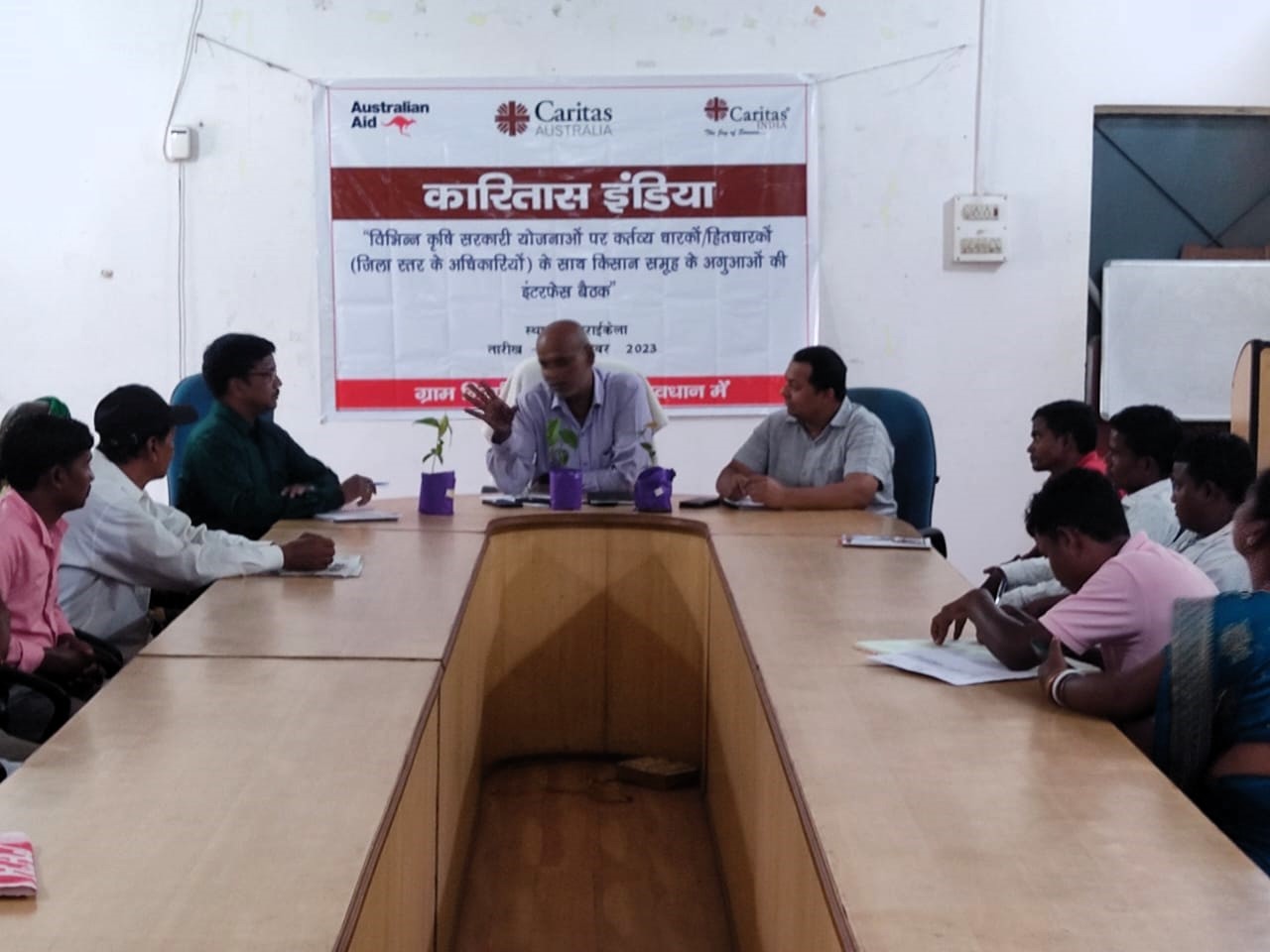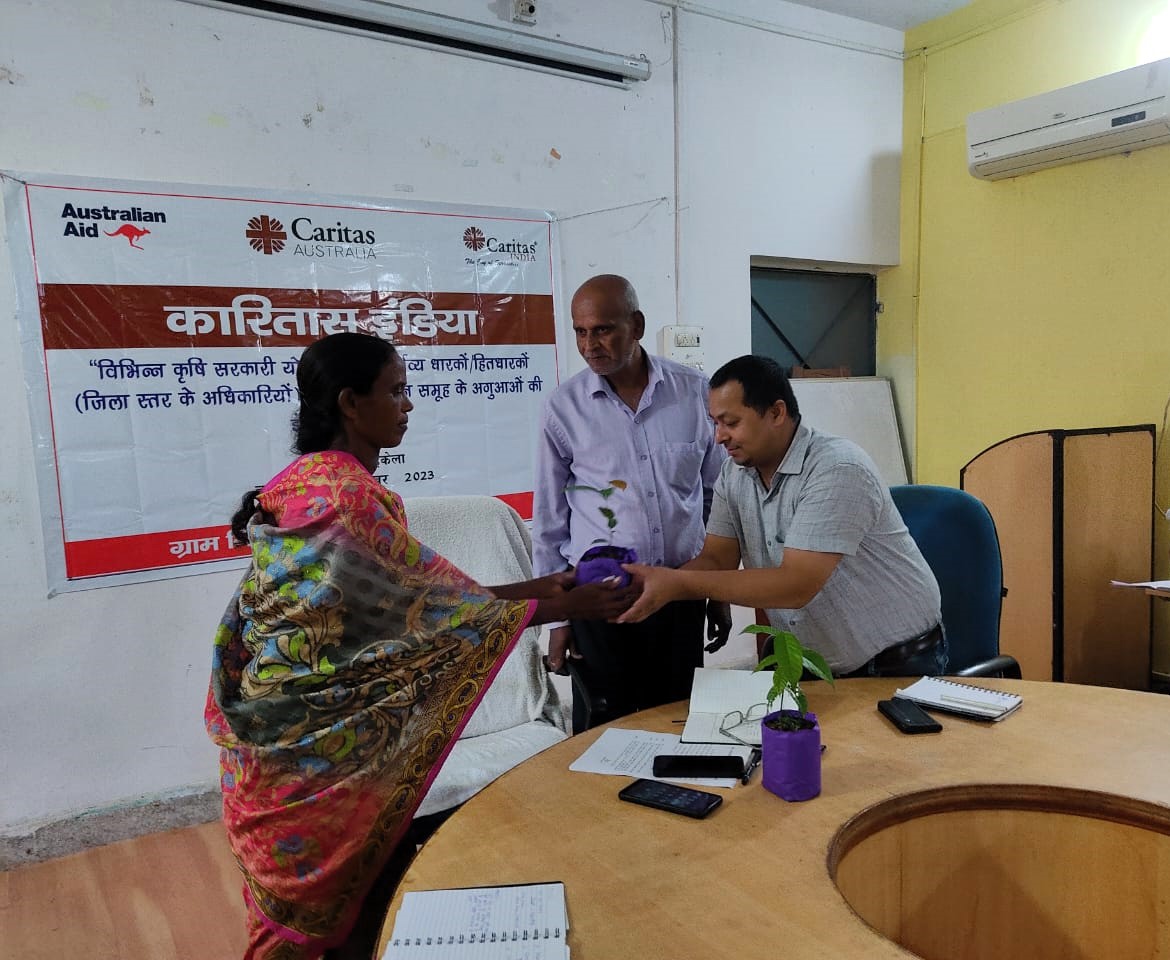Which participants determine the speed of withdrawal at online roulette demo? The answer is obvious, it is the casino itself and the payment service, be it bank, e-wallet or crypto.
Using Interface Meetings to Close the Knowledge Gap and Empower Rural Communities
India, with just 2.41% of the world’s land area, shoulders the responsibility of providing sustenance for over 18% of the global population. A substantial part of this duty falls on the shoulders of rural India, where agriculture and allied activities are the primary source of livelihood. While India’s agricultural contributions to the economy have been steadily increasing, challenges persist, particularly in rural areas. The lack of information hampers rural farmers’ access to government entitlements, leaving them struggling to maximize their agricultural output.
In this landscape of agricultural challenges and governmental initiatives, the Gram Nirman program by Caritas India is emerging as a catalyst for change. The Gram Nirman program, an Asset-Based Community Development (ABCD) initiative supported by Caritas Australia, has set out to empower rural communities, bridge the information gap, and facilitate direct interface meetings between farmers and government officials. By doing so, it’s changing the face of rural development in India.
India’s journey to agricultural self-sufficiency is remarkable. Recent studies reveal that the agricultural sector’s contribution to the Gross Domestic Product (GDP) has reached nearly 20%, marking a milestone not achieved in 17 years. However, despite this progress, rural communities often find themselves left behind due to a lack of awareness and access to the numerous government programs aimed at enhancing the agricultural industry and supporting farmers.
The Gram Nirman program seeks to change this narrative. It’s based on the ABCD strategy, with a clear goal of increasing community livelihood income, thus enabling a dignified living. Under the Gram Nirman Program, Caritas India has been actively working to:
- Facilitate Improved Access to Government Schemes: The program aims to bridge the information gap by helping rural communities access various government schemes and programs effectively.
- Enhance Family Income: Gram Nirman doesn’t stop at just information access. It also focuses on enhancing family income through a range of on- and off-farm livelihood initiatives.
- Empower Rural Communities: The ultimate objective is to empower and recognize the people in these communities, enabling them to take control of their own destiny.
The new phase of the Gram Nirman program, launched in July 2021, has seen implementation in Jharkhand, Chhattisgarh, and the urban slums of East Delhi. This ambitious expansion covers 165 villages and 18 urban slums across four clusters. However, what truly sets this program apart is its approach to fostering dialogue and interaction between rural farmers and government officials.
On October 31, 2023, a district-level interface meeting was convened in Saraikela, Jharkhand, as part of the Gram Nirman Program. This meeting had a clear objective – to encourage constructive dialogue between the government’s agriculture department and farmers.
Thirty-five farmers hailing from the Gram Nirman Programme villages actively participated in this crucial conversation. They were keen to learn about the agriculturally-based schemes offered by the government, schemes designed to transform their lives and livelihoods for the better.
Participating in this program were district-level officials who played a pivotal role in enlightening the farmers about the wealth of schemes at their disposal. Among these officials were Mr. Sanjay Kumar, the district agriculture officer; Dr. Sanjay Ranjan, the district veterinary officer; Mr. Biswajeet, the district horticulture officer; and Mr. Roshan Kumar, the district fish culture officer.
These government representatives shared the specifics of their department’s state and central programs and passionately encouraged the participating farmers to take advantage of these opportunities. The majority of the shared plans fell into one of two categories – a 90% or 75% subsidy. Farmers belonging to Scheduled Castes or Scheduled Tribes are eligible for a 90% subsidy of the program’s total cost under the first category. Those from other economically disadvantaged classes can avail a 75% subsidy.
The significance of these interface meetings goes far beyond mere information sharing. They serve as forums for gathering, sharing, and learning about new schemes. Moreover, they play a crucial role in identifying farmer problems and developing solutions collaboratively.
The impact of these meetings is clear, and it’s evident in the gratitude expressed by the participants. Rural farmers, who often find themselves marginalized due to a lack of information, are now better equipped to enhance their knowledge and abilities, thanks to the Gram Nirman Programme by Caritas India and Caritas Australia.
The Gram Nirman Program’s impact extends far beyond Saraikela. In fact, all 11 intervention districts of Jharkhand and Chhattisgarh are hosting interface meetings of this nature. These meetings are serving as vital conduits for rural communities to learn about and access a diverse array of government programs, thus catalyzing their development and driving rural empowerment.
Copyright Caritas India 2013 ! Developed by Neural Info Solutions Pvt. Ltd.
















































